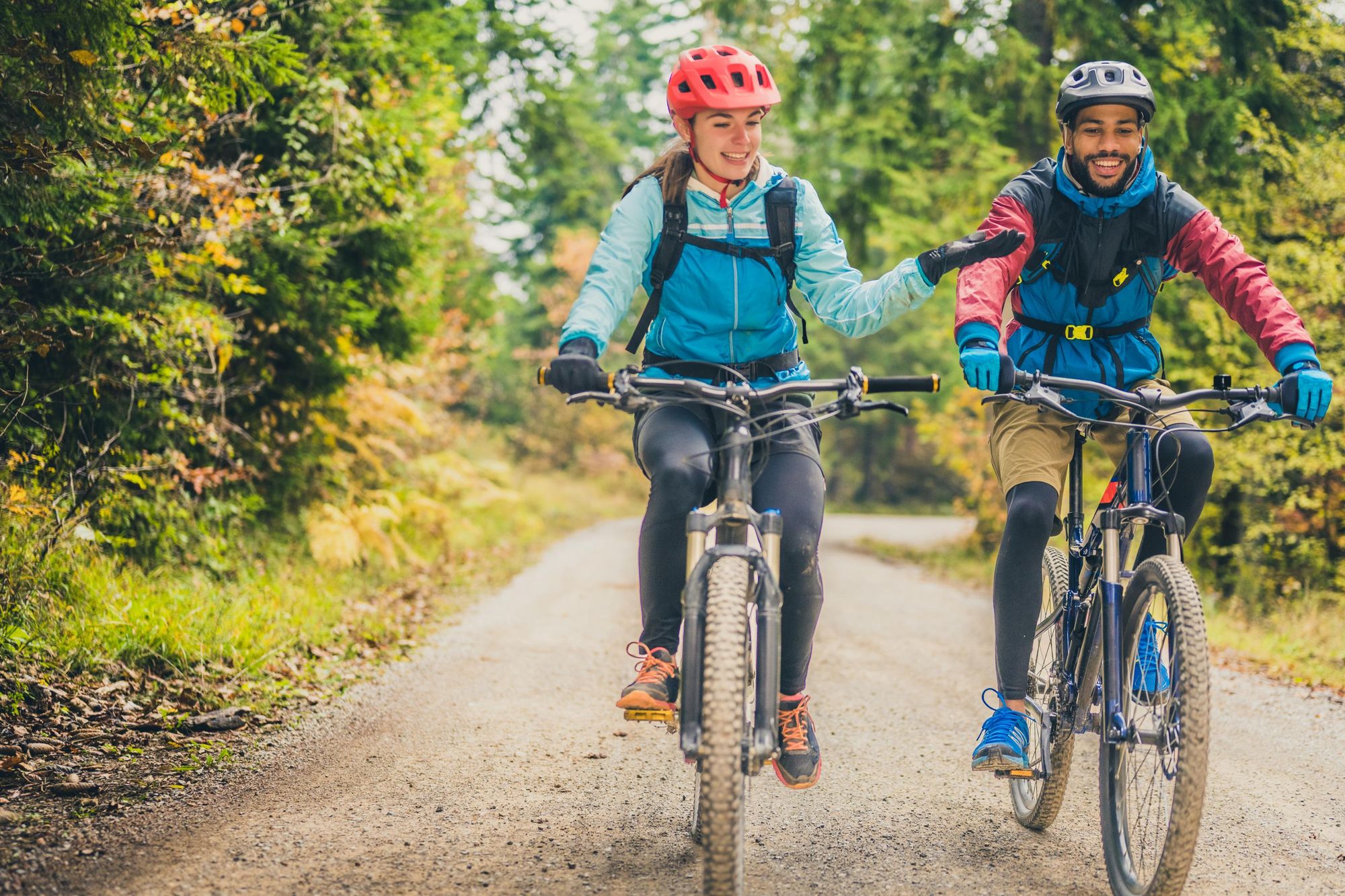Vicky Leach plans and designs cycling adventures through some of the world’s most breathtaking landscapes. Her latest trip winds through Albania’s rugged mountains, climbs the epic Llogara Pass, and descends to the Adriatic coast – a route that proves just how exhilarating exploring on two wheels can be.
“I love the feeling of being on the bike; getting in the zone and seeing the landscape change,” she says. “Just looking around you and thinking, ‘wow. I'm doing this myself. I'm seeing all these places.’
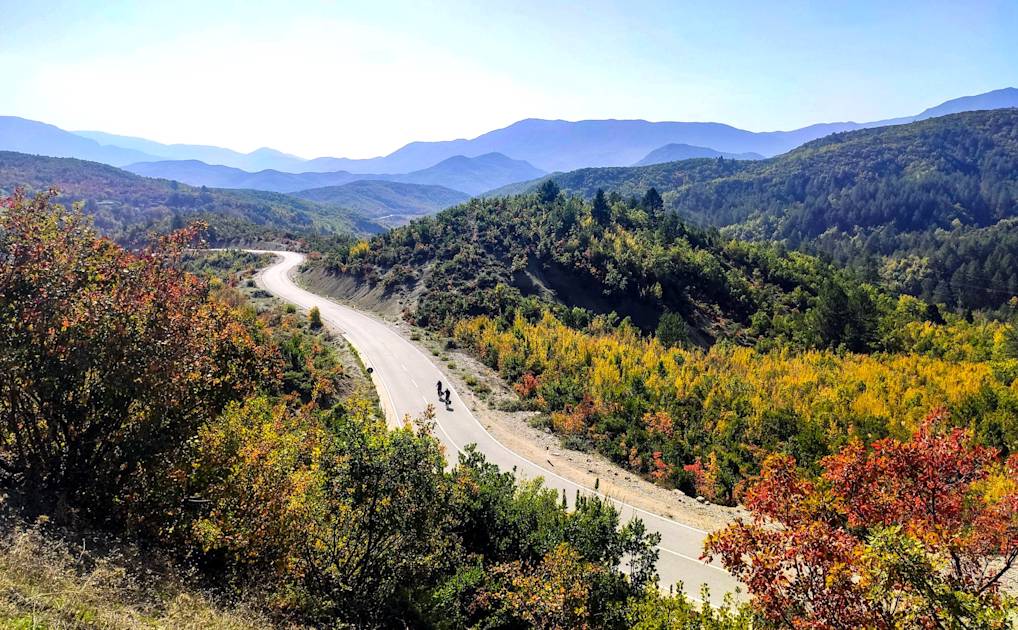
She recalls a cycling tour in Jordan, where she rode across vast, empty mudflats –an experience she never could have arranged on her own. “You could just zoom across them and nobody else was there; it felt like you were in the middle of nowhere. It was pretty special.”
If you're a cyclist keen for adventure, you might wonder why you’d book on to a group cycling trip. Vicky has plenty of reasons why it’s worth considering.
You don't have to bring your own bike
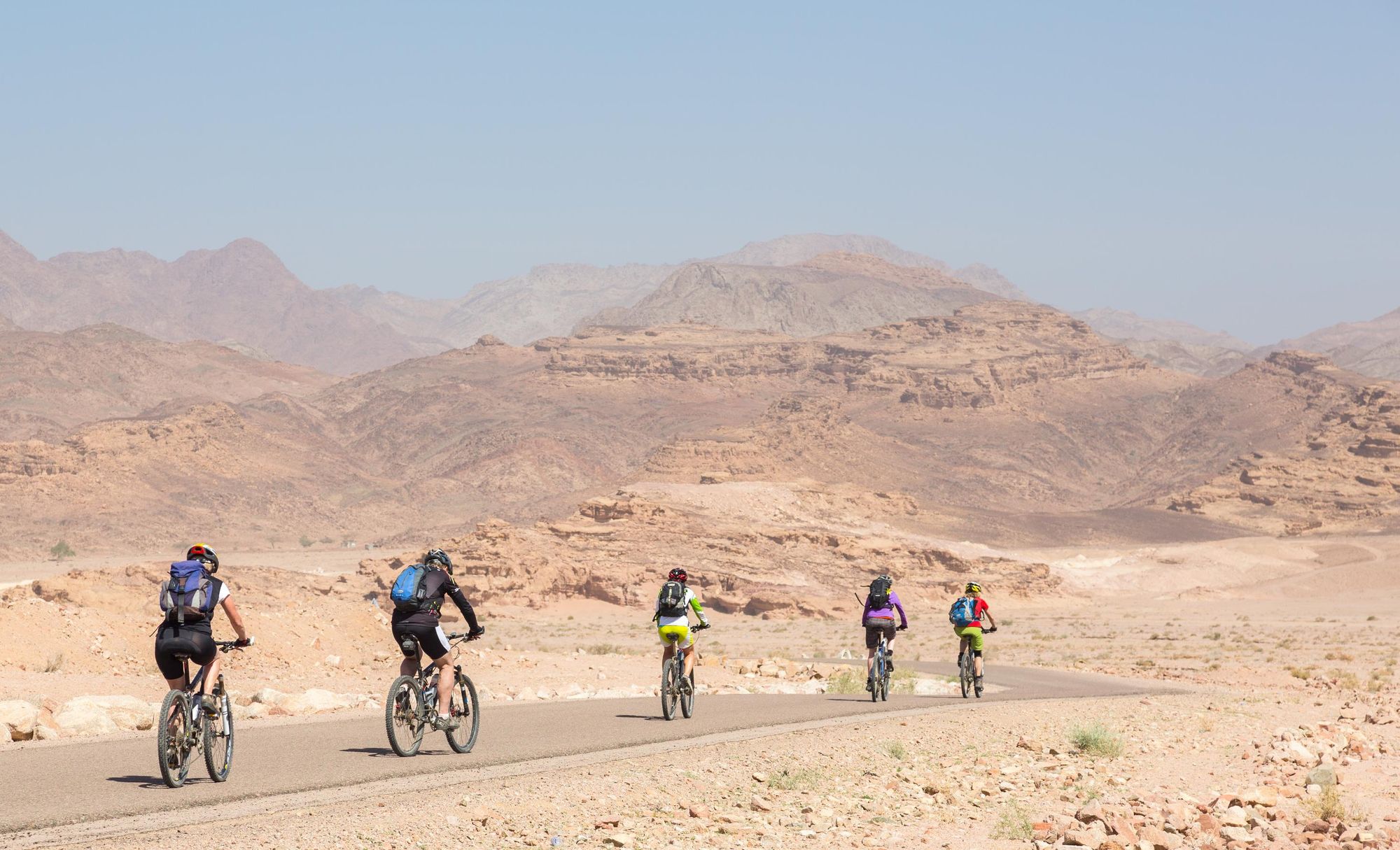
“Not having to transport your bicycle to the start point is the real big one,” Vicky says. “If you're doing a cycling trip on your home turf, you know the area, you know the trains; it's easier to get to the start point. But if you want to cycle somewhere abroad, even the idea of trying to get your bike packaged up and on the plane and hoping it doesn't get damaged is a faff. Then you might have to hire a car to get to the start point, which the bike fits into.”
That's not to mention the hunt for a sturdy box to fit your bike into at either end. If you’re planning a long, multi-country cycling expedition, the faff may be worth it to ride your own bike. But it’s a lot if you just want to go away for a week.
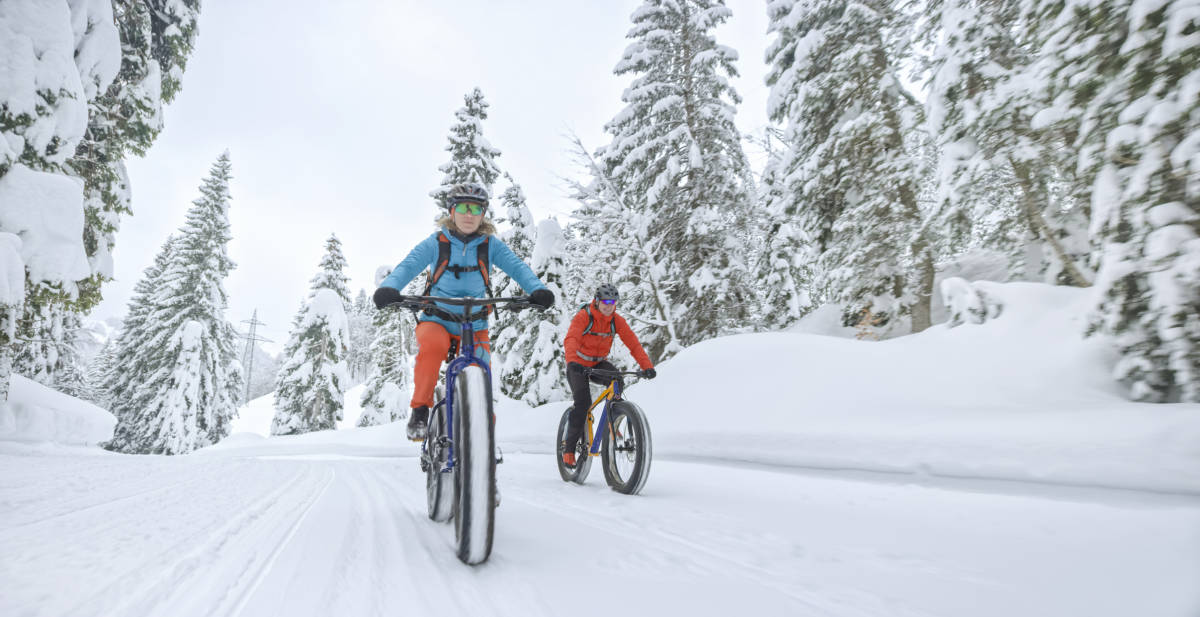
What's more, the bike selected for your trip will be ideally suited to the terrain. For the Albania trip you’ll use a hybrid hardtail bike with front suspension, which can handle uneven surfaces and is comfortable over long distances. For a cycling expedition in the Arctic Circle, you'll have a fat bike to handle the snow.
“We need sizing in advance, then we'll make sure we have the right frames,” Vicky says. “On day one you can make sure that it's set up correctly for you. If anything goes wrong with the bike, it'll get replaced or maintained as you go along.”
The route-planning and logistics are sorted
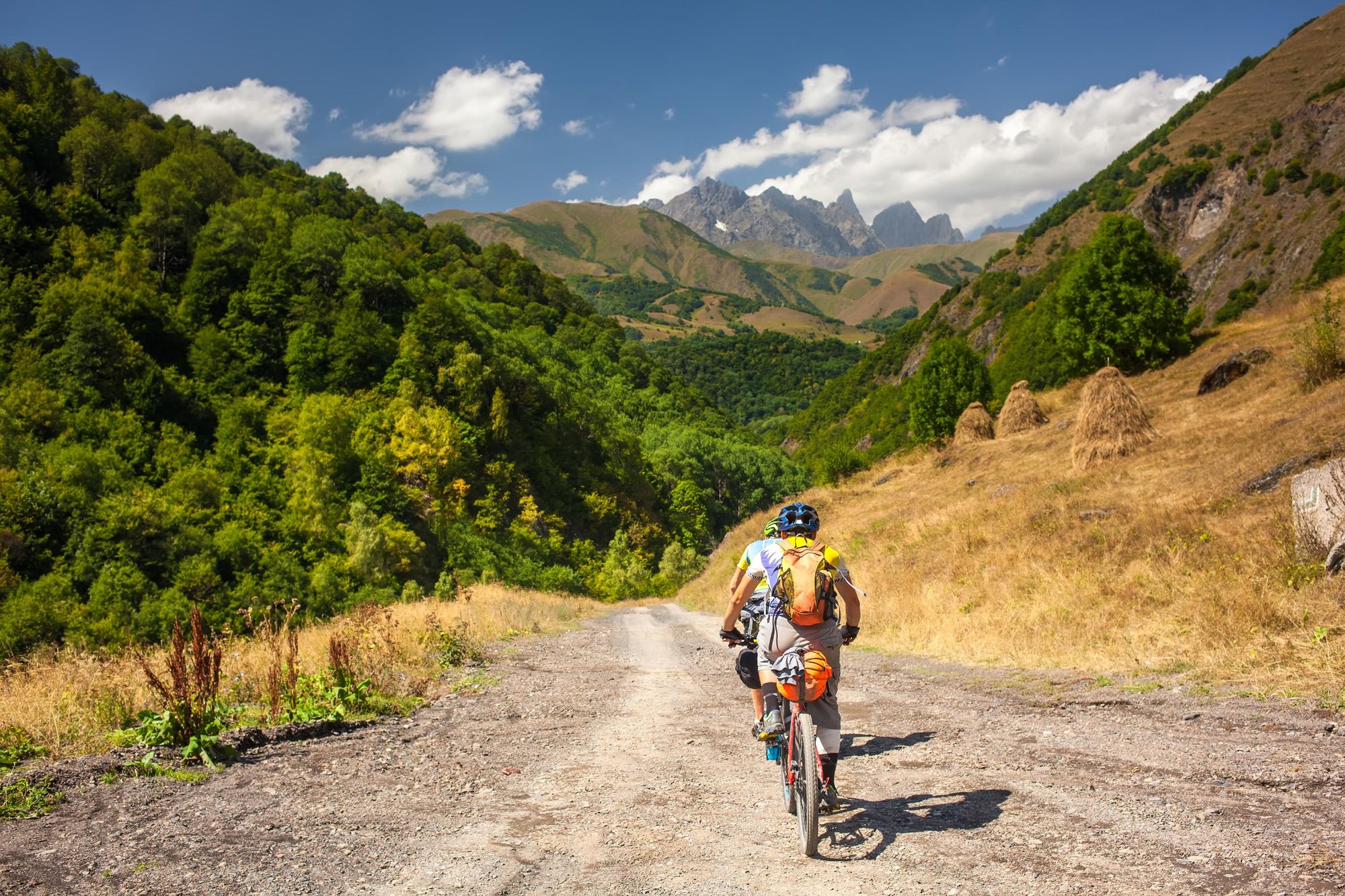
Maybe you don't have the time to plan out an independent cycling trip, connecting routes, roads, sights of interest and accommodation along the way. Or you might be a newbie to multi-day cycling and lack the experience to do so.
In either case, a guided cycling trip makes for a great alternative.
You don’t have to worry about luggage when you're cycling. You don't have to carry everything...
“You won’t get lost; you don't have to waste time backtracking if you've gone the wrong way,” Vicky says. “It’s not your responsibility to do any of the planning, or think about where to stop. Everything’s well paced for you. The guides have worked out how far you need to go, and a good lunch spot. You don't have to worry about when you’re going to eat.
“Other logistics are taken care of, too. You don’t have to worry about luggage when you're cycling. You don't have to carry everything and have all the weight on the bike. When you get to your accommodation, you don't have to think about where to store your bike, and if it’s safe. All that’s organised for you and I think that's a massive benefit.”
You'll have a local expert - on and off the bike
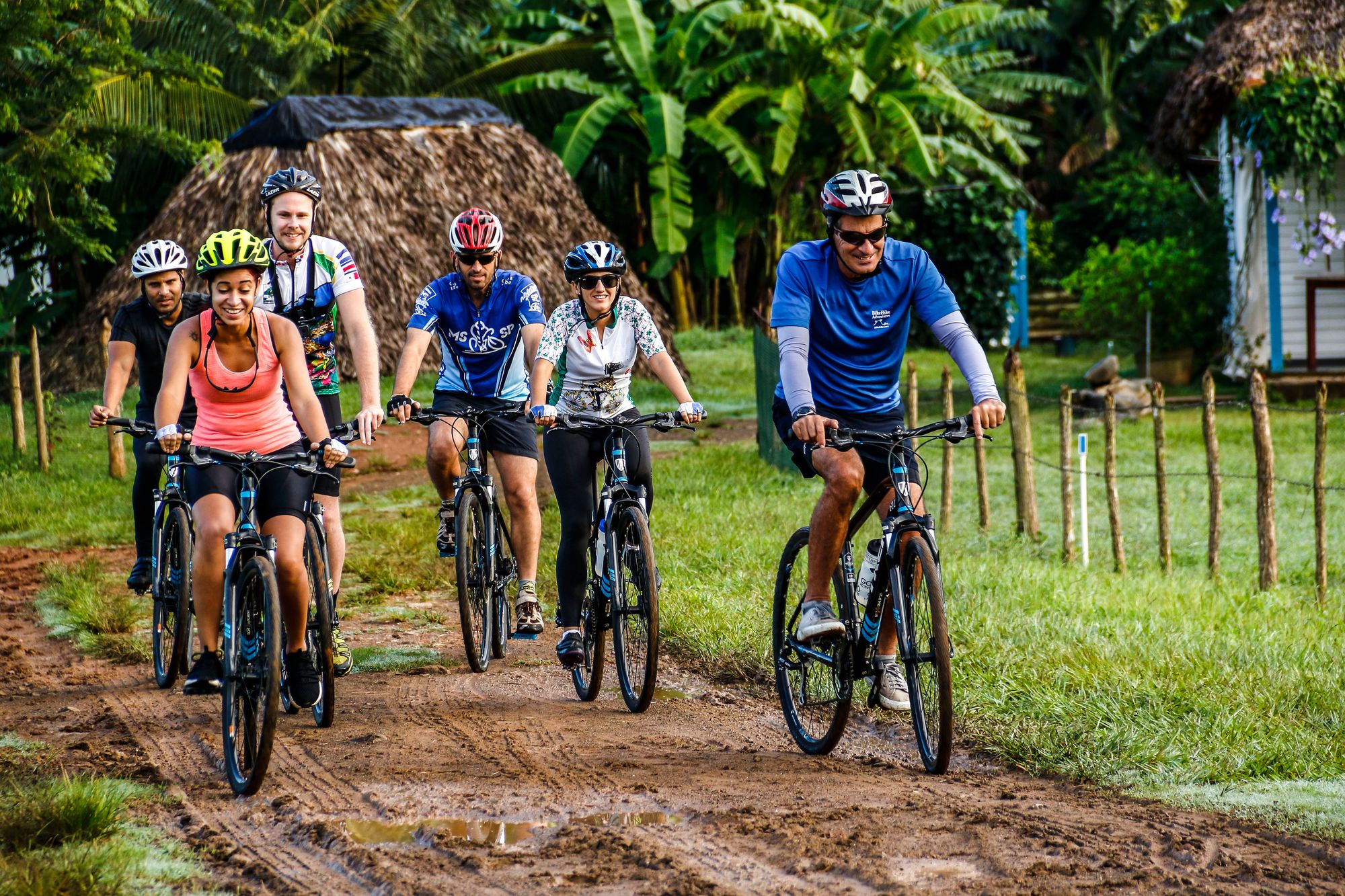
"The guides also know the routes well," says Vicky. "Each day before you set off they’ll give you a briefing. They normally have a map or they'll draw the route so you can see where the climbs and descents are. This helps you pace yourself.”
On a group cycling trip, the emphasis isn’t just on how many miles you can do in a day – it’s also about immersing yourself in the destination.
Vicky continues: “You get real regional expertise, which you wouldn't get if you went by yourself. You might cycle past a ruin, and the guide will stop and tell you about it. Whereas if you were by yourself you’d probably just cycle past, and wonder what it was."
You get real regional expertise, which you wouldn't get if you went by yourself.
This extends to your cultural immersion, too. On an Albania cycling trip, you might find yourself at a bee farm sampling locally-produced honey, or taking a trip to the 2500-year-old ruins of Butrint, an ancient Greek polis and Roman city. On a cycling trip around Cuba you’ll visit a cave system used by Che Guevara as a hideout during the Cuban missile crisis, and listen to Creole music by locals.
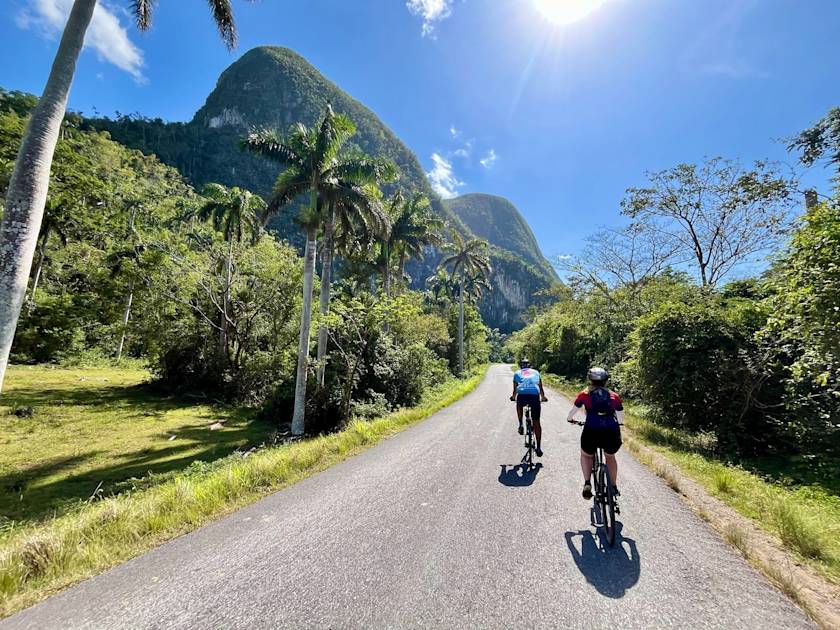
“It’s things that might be hard to find by yourself,” Vicky says. “Most of the touristy stuff in a country is around the cities or along the coast. But if you're cycling through different areas, you’ll go off the beaten path and see things that not every traveller will.”
Combine a holiday with a challenge
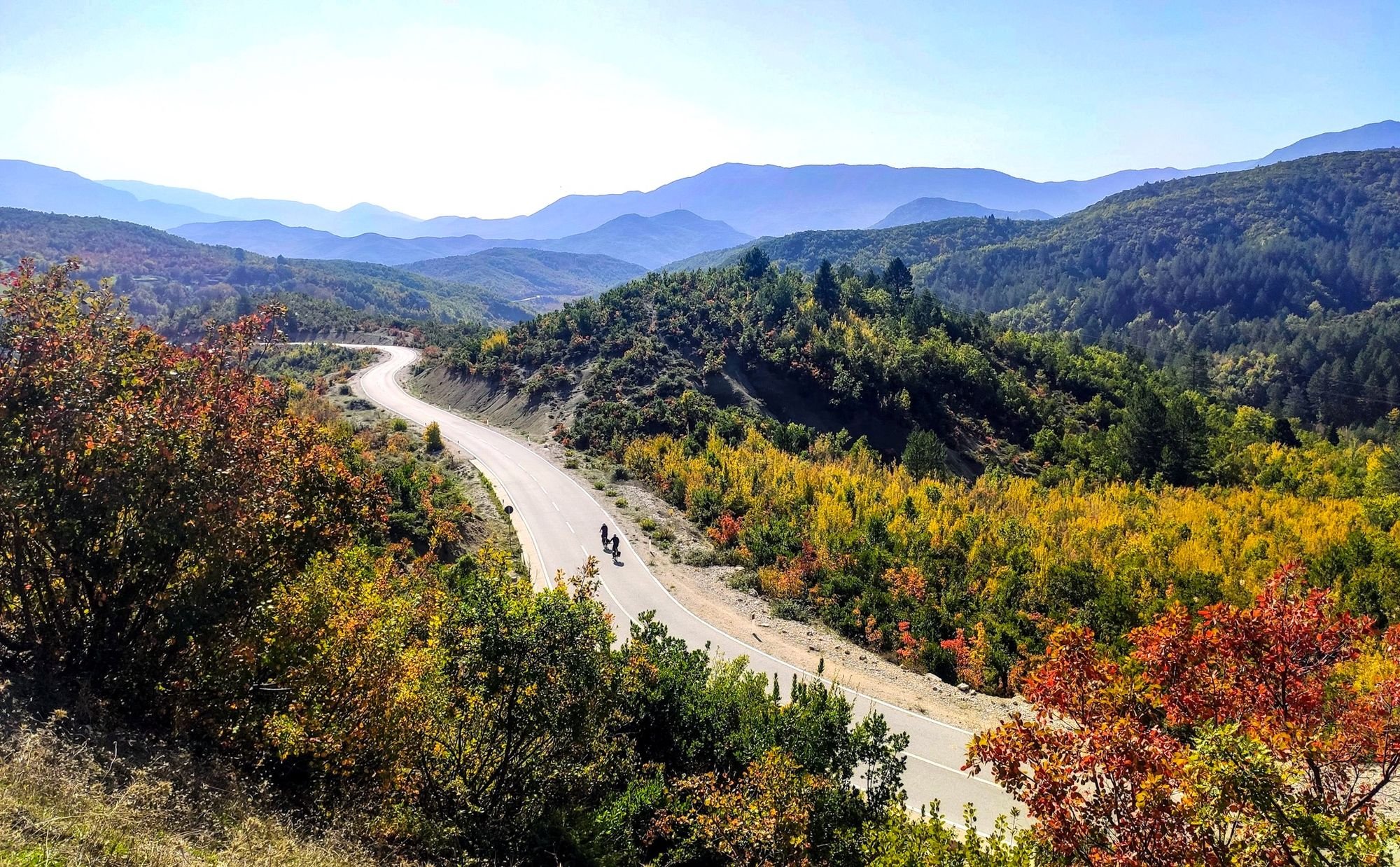
Vicky describes group cycling trips as 'challenging holidays'. “When you're cycling, you don't want to do a flat route all day. You want to get in some ascents and descents, and feel like you’ve achieved something when you relax at the end of the day,” she says.
Get a flat tyre? You'll have help on hand to fix it.
She advises reading the itinerary and trip description before booking your trip. If the distances listed are longer than you’re comfortable with, choose something easier. Or, if you’re used to long rides, select one of the challenging trips.

“People need to be aware you're cycling over multiple days. A lot of people could go out over the weekend and do an 80km ride. But do you feel comfortable getting back on the bike the next day and doing it again, and again? That's why the distances might seem a bit short some days. If you've done two days of 70 kilometres each before that, you need to pace yourself over the week as well.”
There’s a support vehicle for emergencies
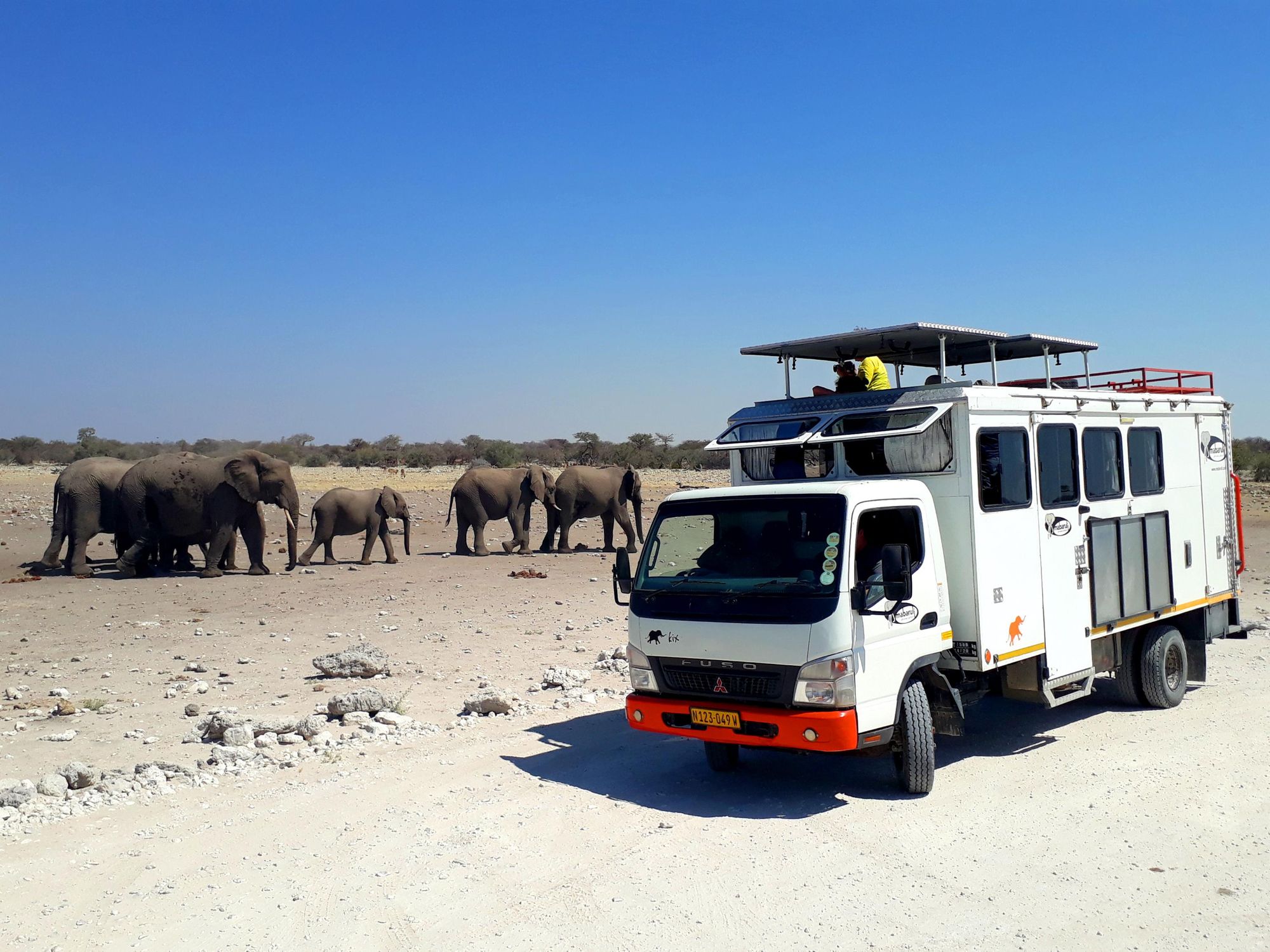
Group cycling trips are accompanied by a support vehicle. It follows the cycling convoy and has a first aid kit, a stock of essential bike spares and equipment (such as a bike pump) and snacks. It’s also there for if someone gets too tired to continue, and needs a break. Get a flat tyre? You'll have help on hand to fix it.
It's nice to know, when you go up hills, that the support vehicle will waiting at the top with snacks and drinks.
“Most of the support vehicles will have seats for four to six people,” Vicky says. “Mainly, people use it if they're struggling a bit. Maybe their legs are a bit sore or they're feeling dizzy and they just need a break. Or if there's a really steep climb and you're just not feeling it, you use the vehicle to get to the top. Same with the descent. I find going down scarier than going up: there might be a really steep bit and you can opt out.

“But the idea is that you still try and do as much as you can yourself. It’s a backup. People don't use it that often, but I think it just gives that peace of mind. It's nice to know, when you go up hills, that the support vehicle will waiting at the top with snacks and drinks.”
You’ve got a likeminded crew to ride with
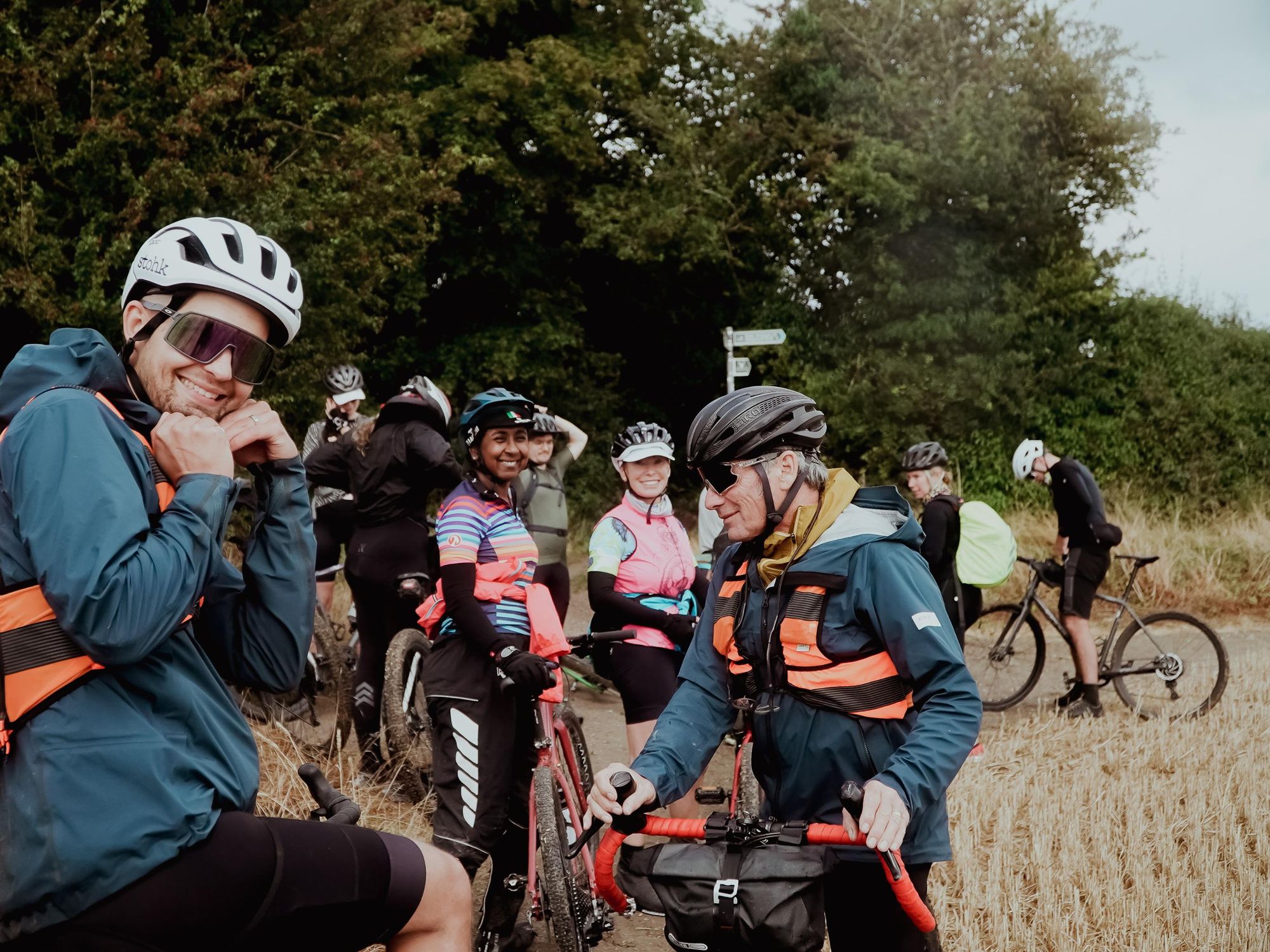
The social aspect is one of the main reasons why people choose to go on a group cycling holiday. You’ll be spending your days in the saddle with other cyclists, who are also interested in exploring a new destination on two wheels.
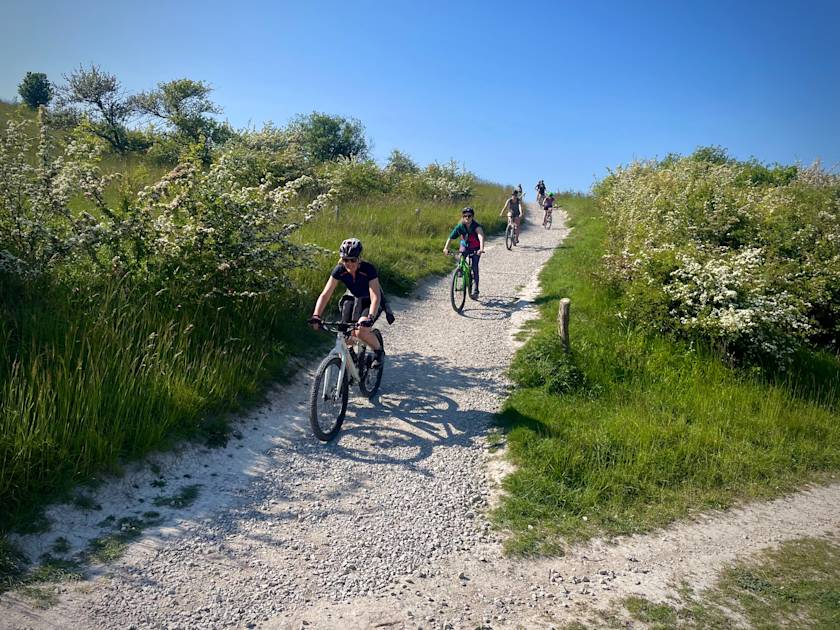
“It's fun to cycle in a group and have that light banter in the evening. You can talk about the route, potholes you went over or great views you experienced,” Vicky says. “That helps the memory last longer, talking about your shared experiences.
“You also learn from the other people as you go along. They might teach you new cycling techniques or you talk about countries that they've been to. Everyone’s very like-minded.”
Inspired? Check out our Cycling Adventures across the world.


